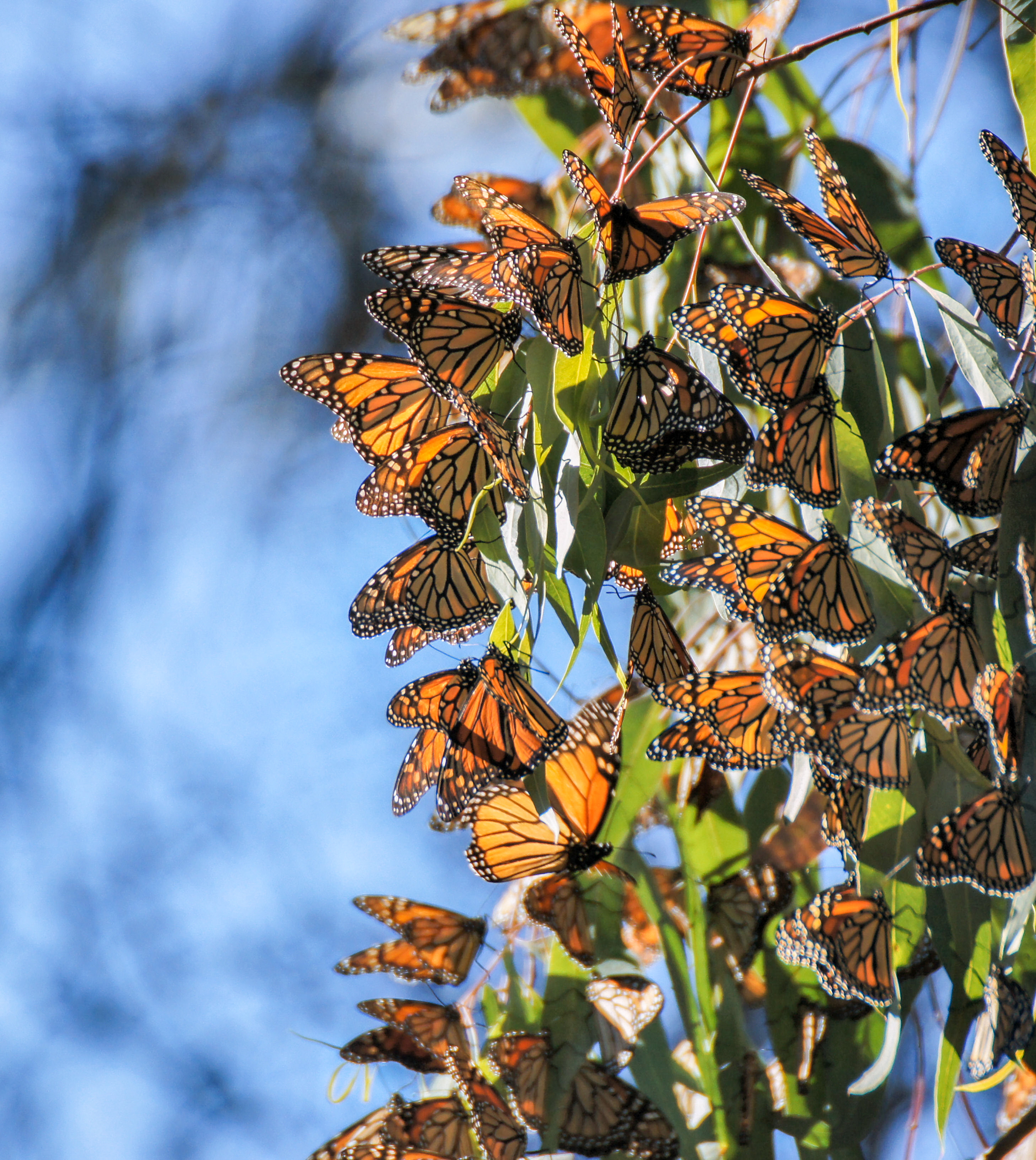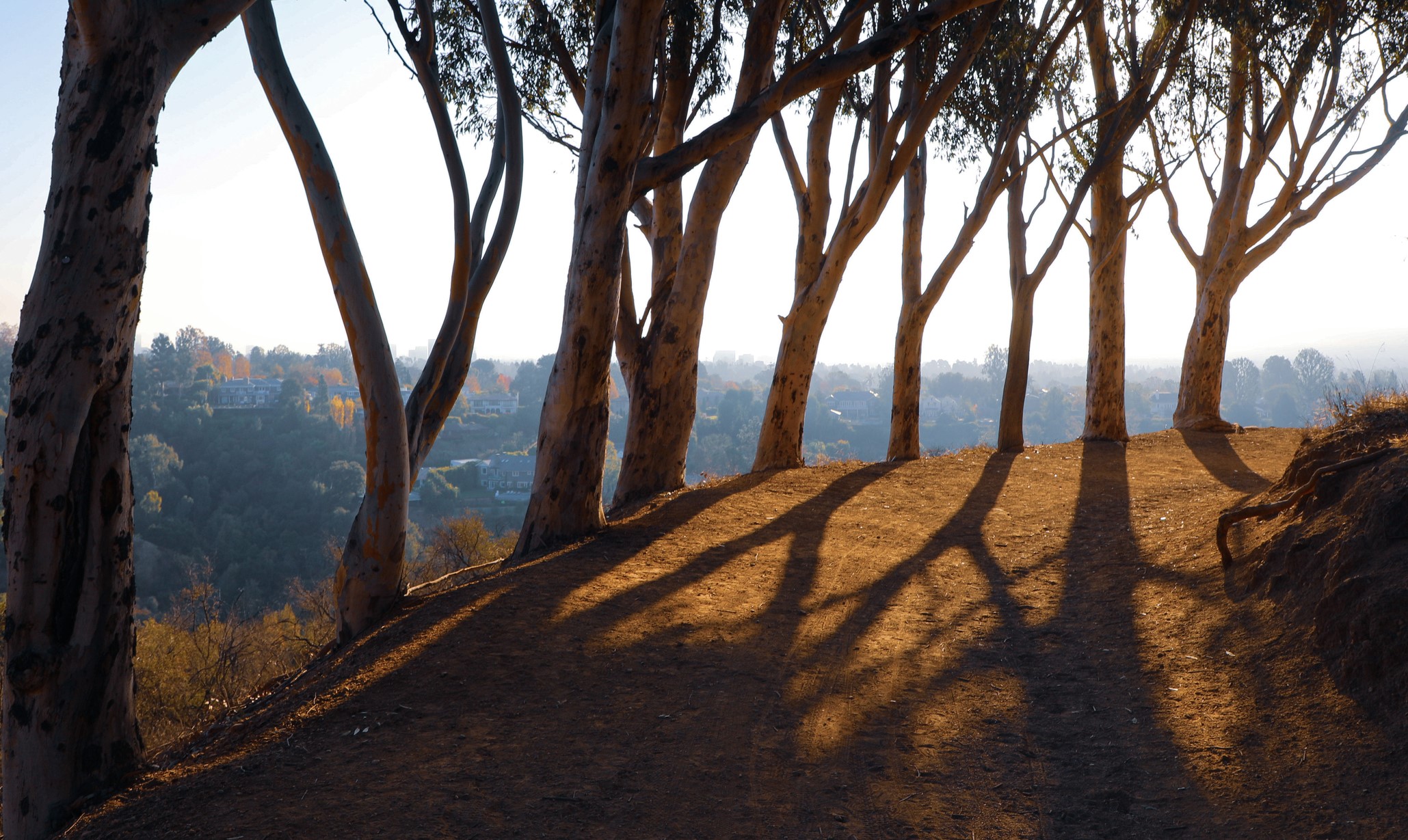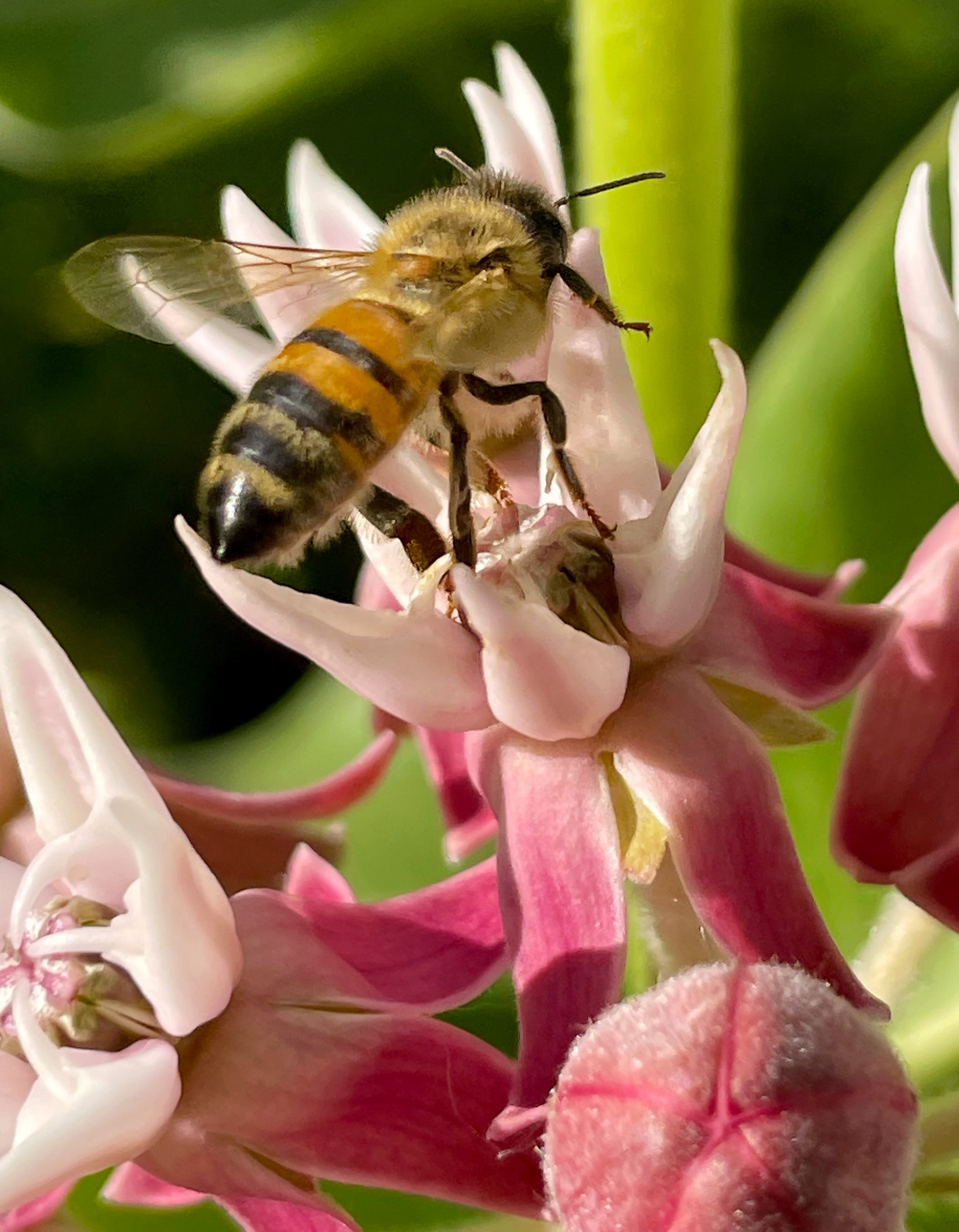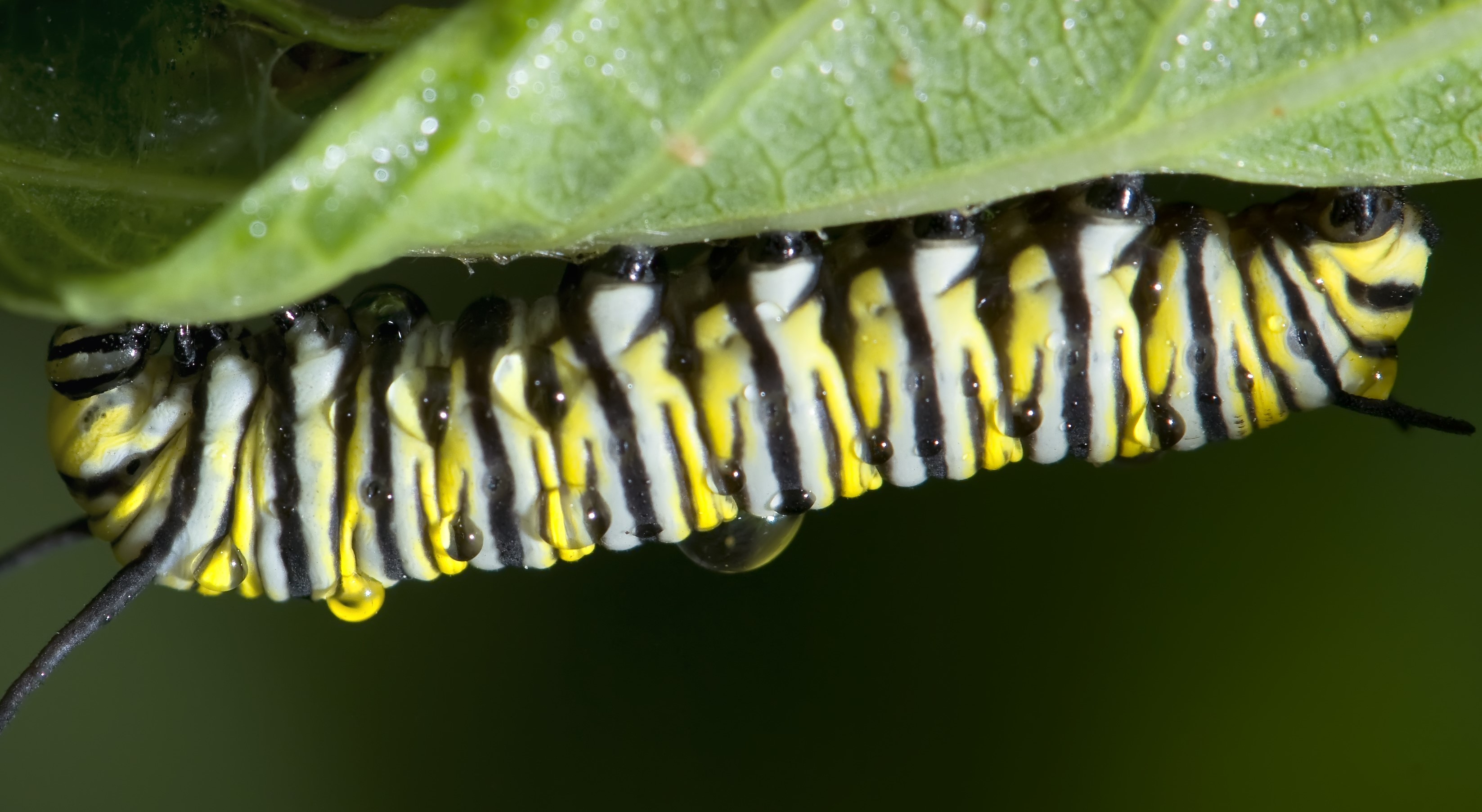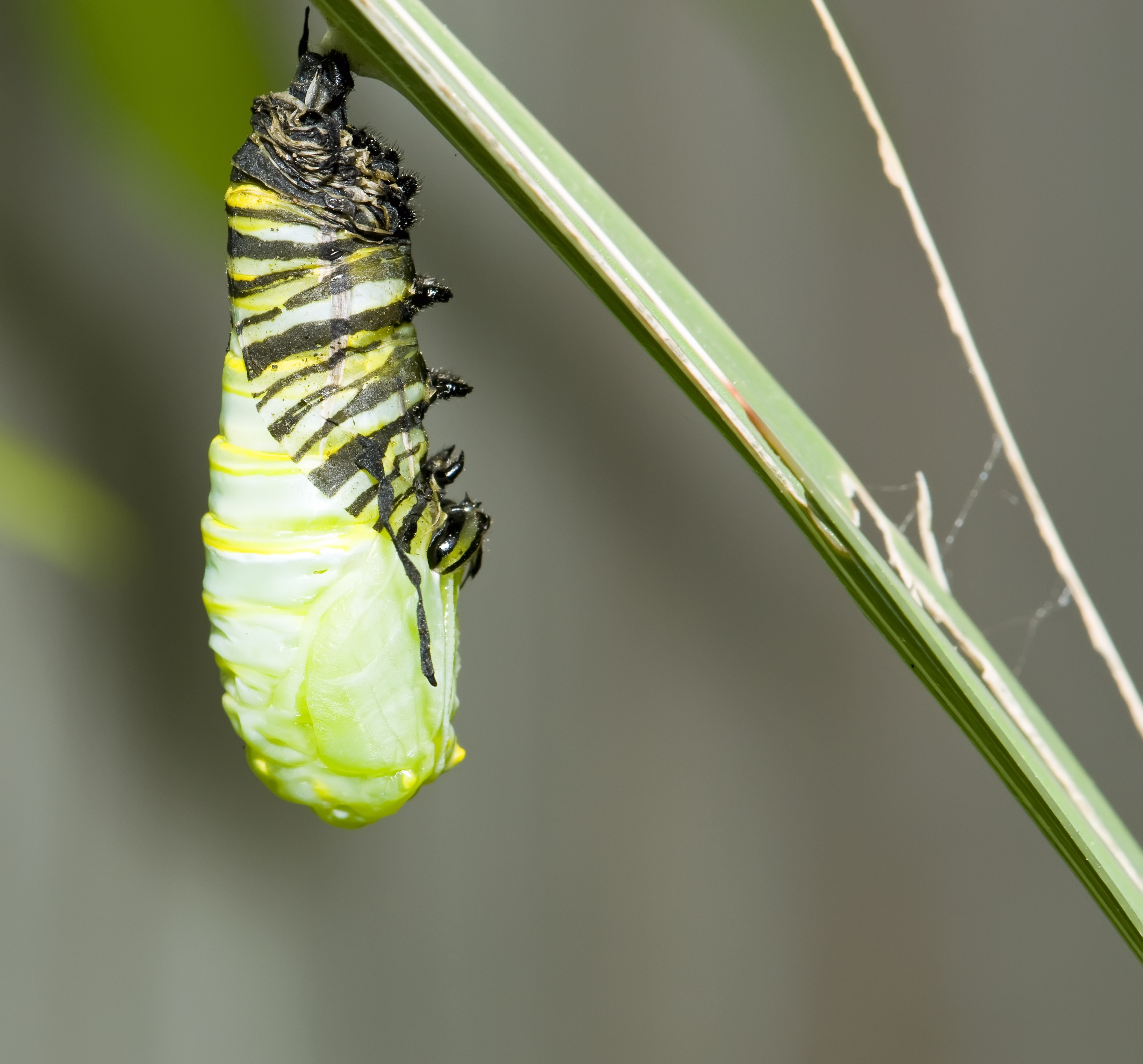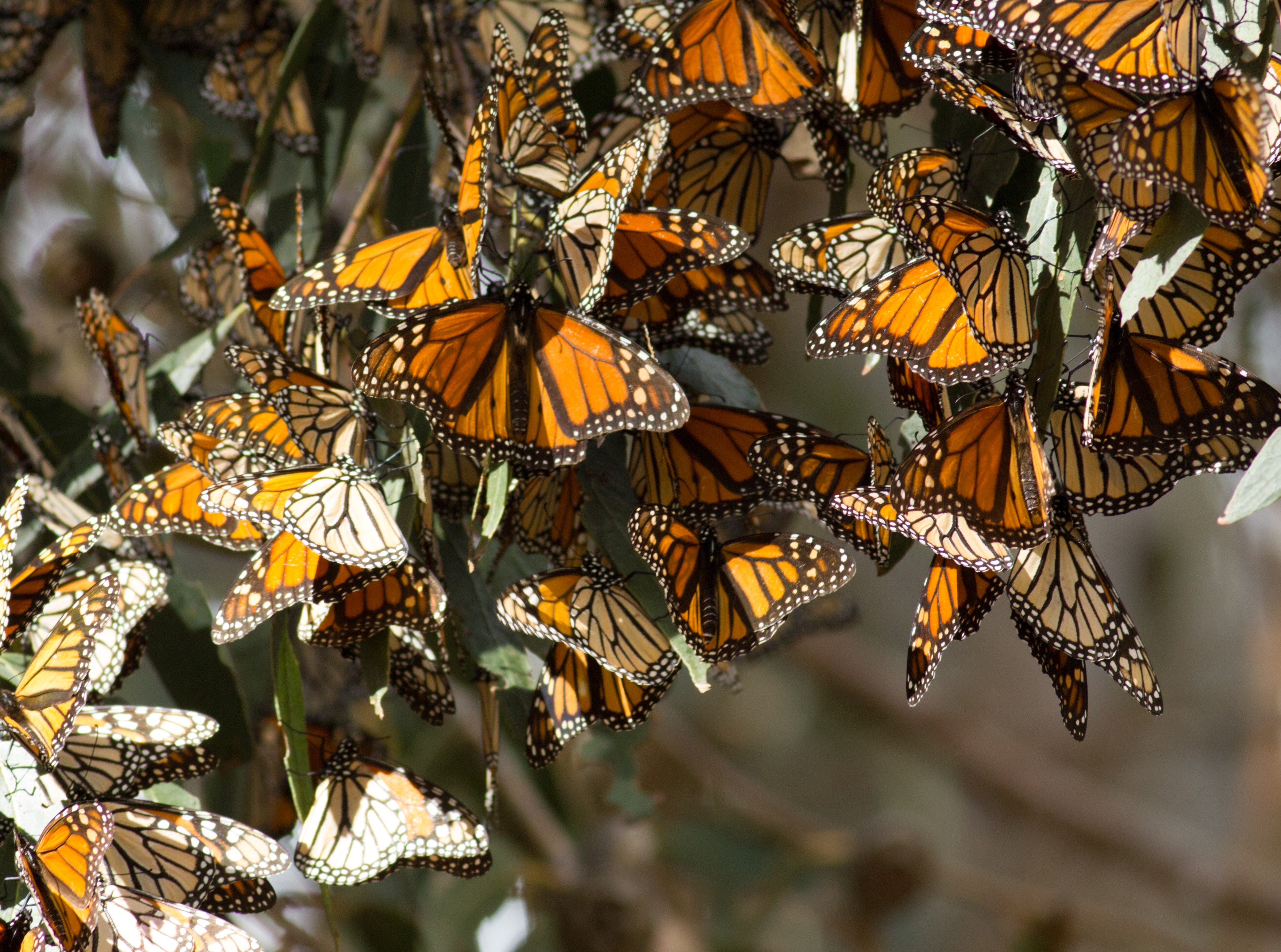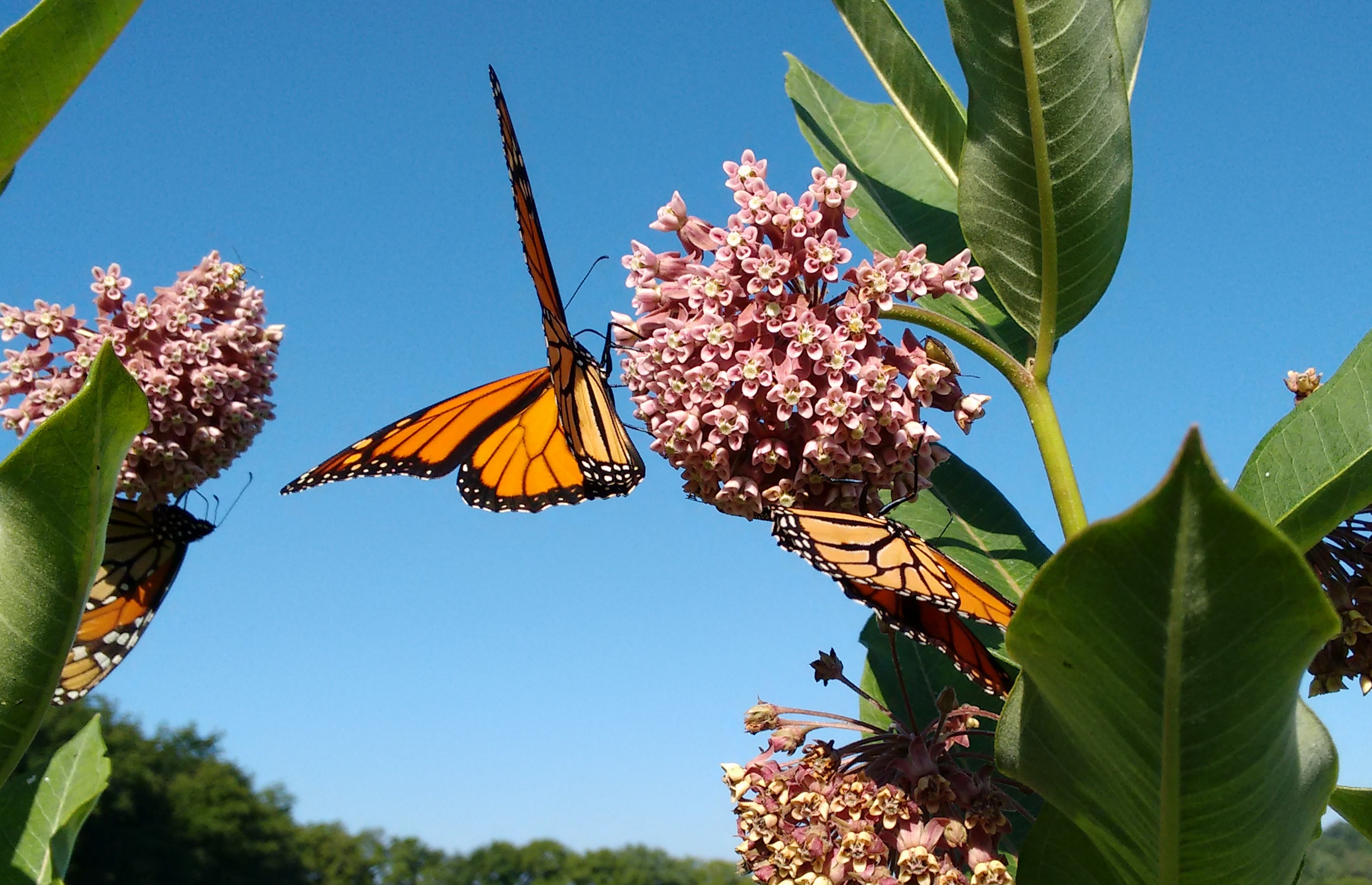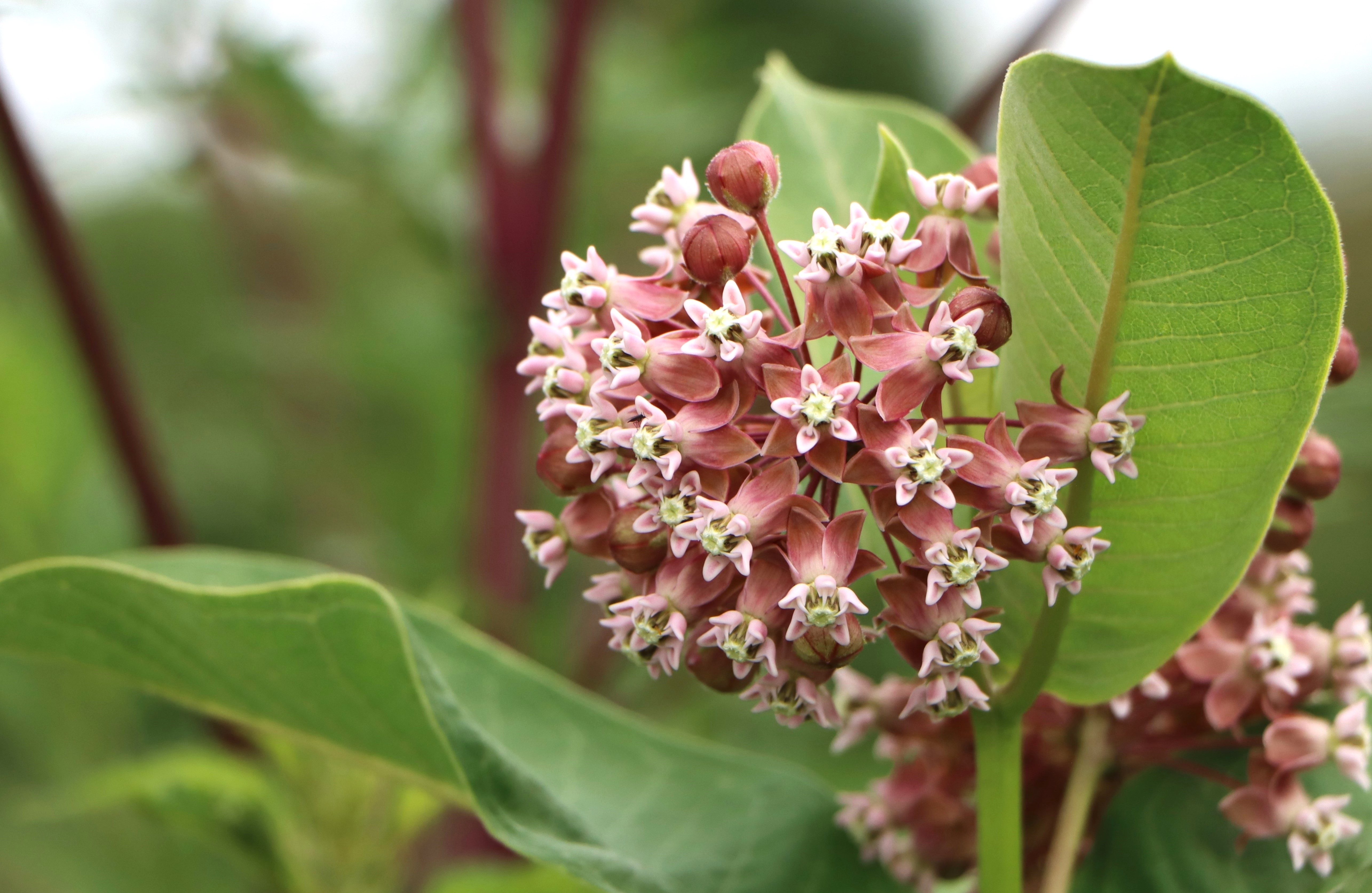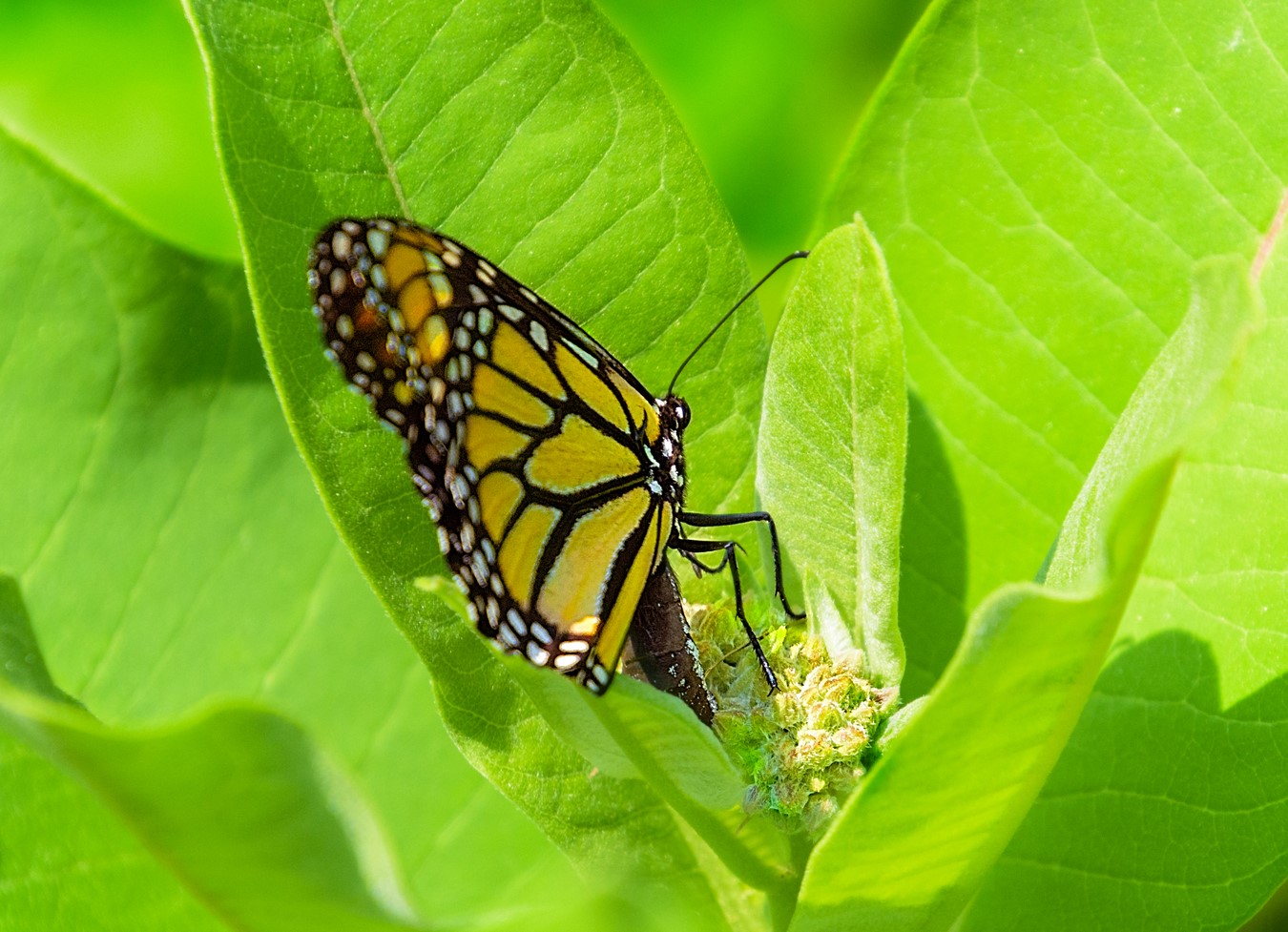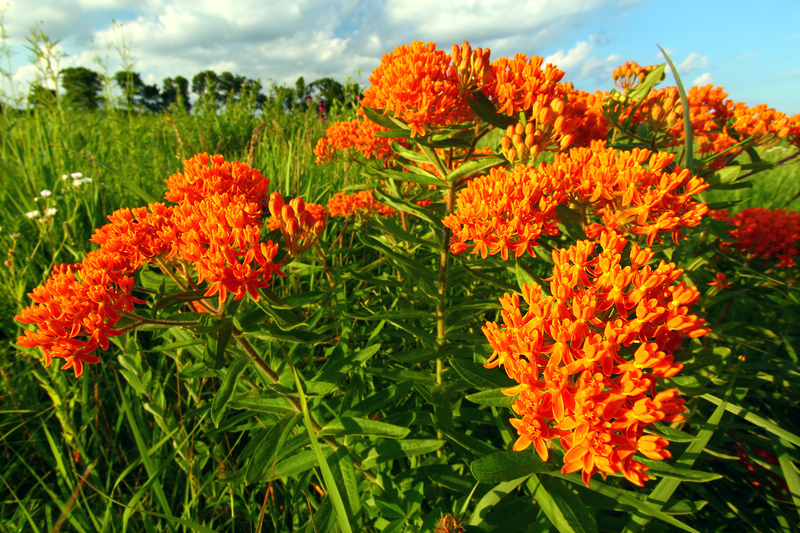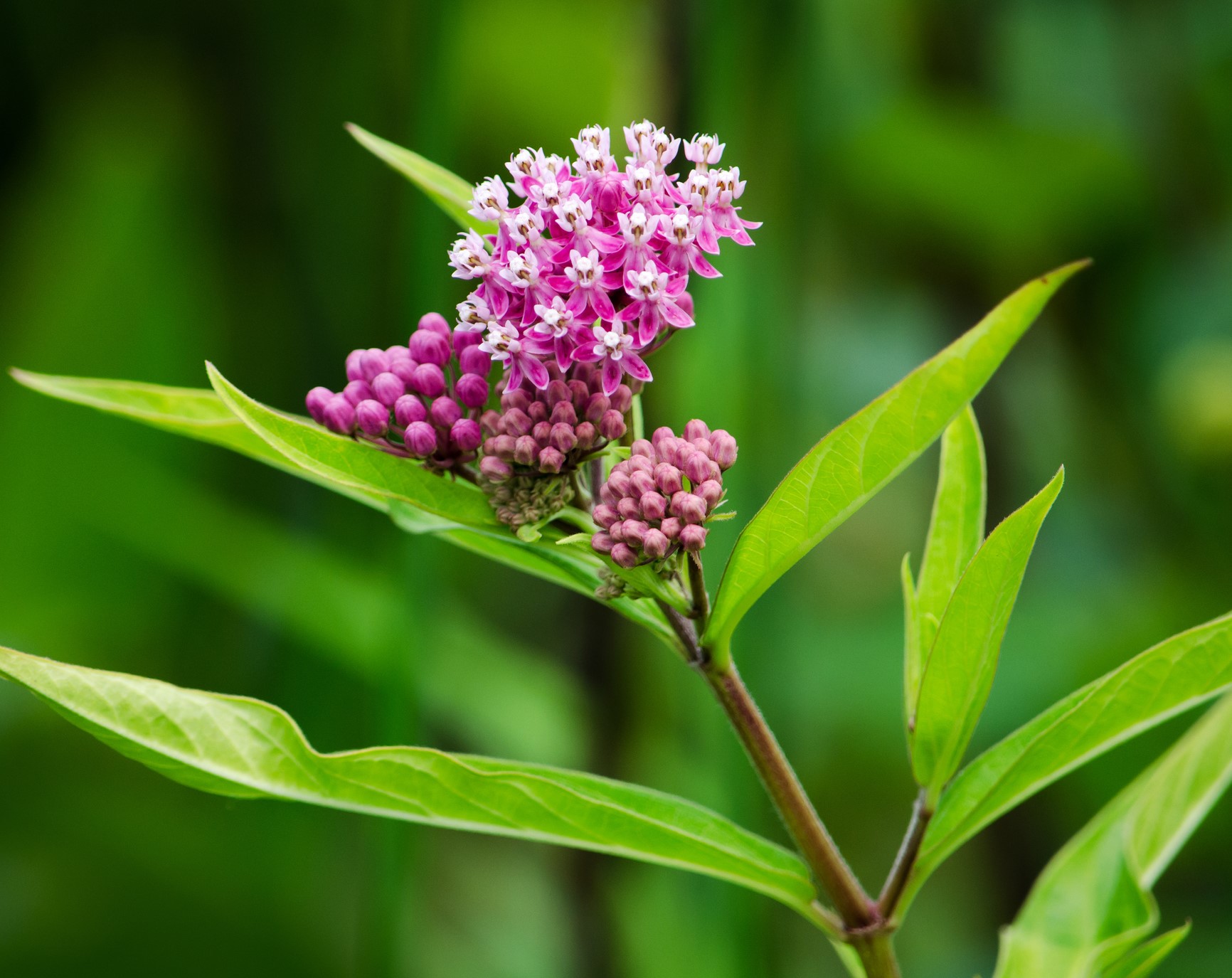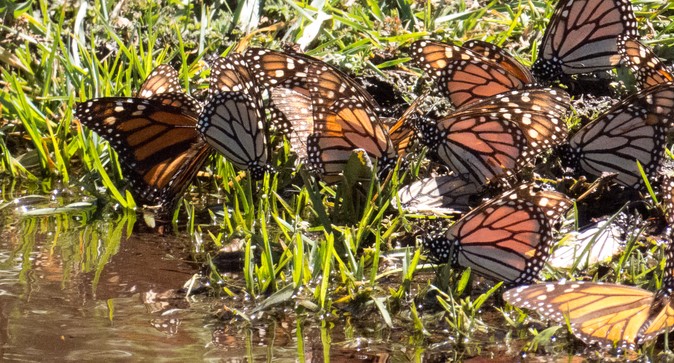Yesterday, while I was browsing the web, I ran across a relatively obscure article that started me on an unexpected tangent. The headline read: California’s monarch butterfly population plummets; fire wipes out Topanga habitat. The destruction of a prime butterfly habitat, to me, just added another victim to the life-changing tragedy that so many Californians have suffered.
Monarch butterflies in the United States are referred to by their regional habitats. Eastern monarchs are found east of the Rocky Mountains. They migrate to Central Mexico to overwinter. Western monarchs are located west of the Rocky Mountains and primarily overwinter in Southern California, but groups can also be found in Arizona, along the Texas-Mexico border and in the northern portion of Baja, Mexico. Some Southeastern monarchs, especially those in southern Florida, are showing a tendency to remain in place all year.
While well- known and appreciated for their beauty, monarchs are so much more than just a pretty face. Monarch butterflies are considered by environmental scientists to be a keystone, or indicator, species. Declines in numbers of indicator species are strong signals that environmental problems such as habitat loss, climate change or pesticide toxicity rates are quickly spiking. If the problems are not identified and addressed, then more insect and wildlife species will begin to disappear. If declines continue, then eventually humans will be severely impacted. If we lose insects, then life as we know it will change.
In the 1930s, researchers began tracking numbers of monarchs, recording fluctuations in numbers from year to year. Over the years, it became increasingly apparent that the total number of monarchs, especially western ones, was significantly declining. In 1980, for example, “over 4.5 million western monarchs flocked to overwintering grounds in coastal California.” Today, that population has dropped by more than 95%. In fact, the Xerces Society for Invertebrate Conservation reported a total of only 9,119 western monarchs last year. The Nature Conservancy site in California typically hosts around 33,000 butterflies, reported 198.
Like many states across the country, California has suffered severe drought and rising temperatures for several seasons now. These harsh conditions make it increasingly difficult for these fragile creatures to find food, water and shelter. Losing a site like the Topanga habitat, which was ranked as the 31st most critical overwintering site in California, only increases the stress on the western monarch population even more.
In addition to habitat destruction, which is affecting both eastern and western monarchs, loss of appropriate, non-toxic food sources is a huge factor in their declining numbers. Of the nine common species of milkweed in the United States, Butterfly Milkweed (Asclepias tuberosa) is most commonly available across the country. While it’s a great choice, Swamp Milkweed (Asclepias incarnata) and Common Milkweed(Asclepias syriaca) are preferred by females for egg laying, and are more nutritious for hungry larvae. The best milkweed choice however, is the one that is native to the region and suitable for the planting location.
Finding and planting appropriate milkweed plants is not quite the challenge for the home gardener that it used to be. Almost any garden center or big box store now sells a variety of milkweed species. Combining milkweed with plants for floral nectar seems like the perfect buffet to tempt your monarch visitors. Unfortunately, that perfectly planned garden could be harboring a fatal ingredient. Milkweed leaves, especially those bought from many retail outlets, may be contaminated with up to 64 different pesticides approved for agricultural use. One of them, methoxyfenozide, is highly toxic to caterpillars but “practically non-toxic” to adult honeybees, the only insect the EPA tests against. One study found methoxyfenozide in 96% of milkweed samples tested. When possible, try to purchase only native, locally grown and chemical- free plants
In 2014, an effort was made to have monarch butterflies listed as an endangered species. The request was denied, due to more pressing situations for other animals. In December of 2024, due to the plummeting numbers of monarchs, the U.S. Fish and Wildlife Service once again proposed that the species be added to the threatened species list. To add your voice to the 11,000+ public comments made so far on the request for endangered status, click the following link: https://www.regulations.gov/commenton/FWS-R3-ES-2024-0137-0001 Comments will be accepted until March 12th. You may comment anonymously if that’s more comfortable for you, or you can add your name and email contact information. A decision on the status should be made by the end of March.
An official designation could, in theory, offer an extra degree of protection for this prized insect. In reality however, it takes much more than a governmental directive to save a species. It takes both advocacy and action on our part. I hope that you’ll join me in the move to protect this beloved butterfly.
